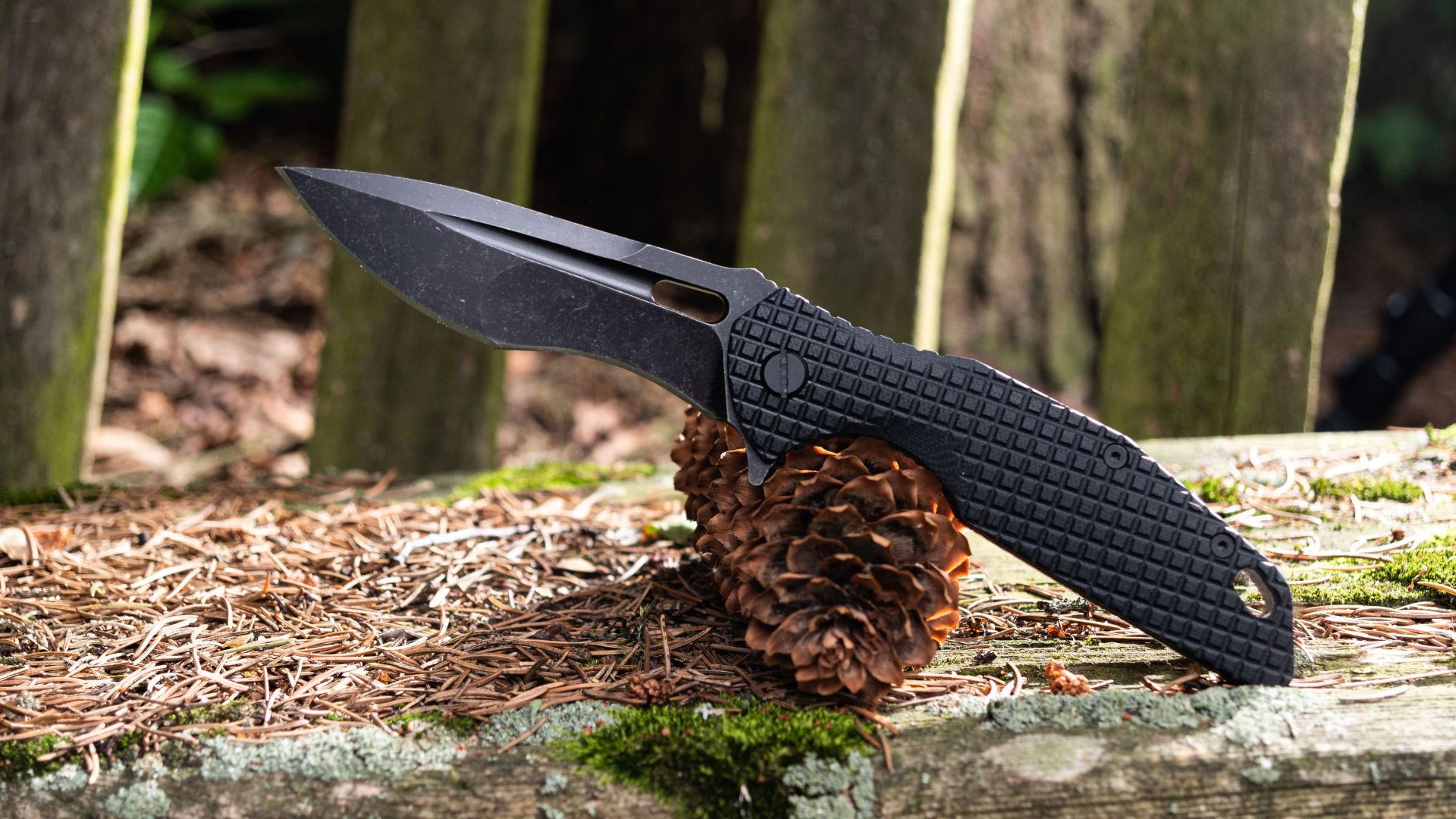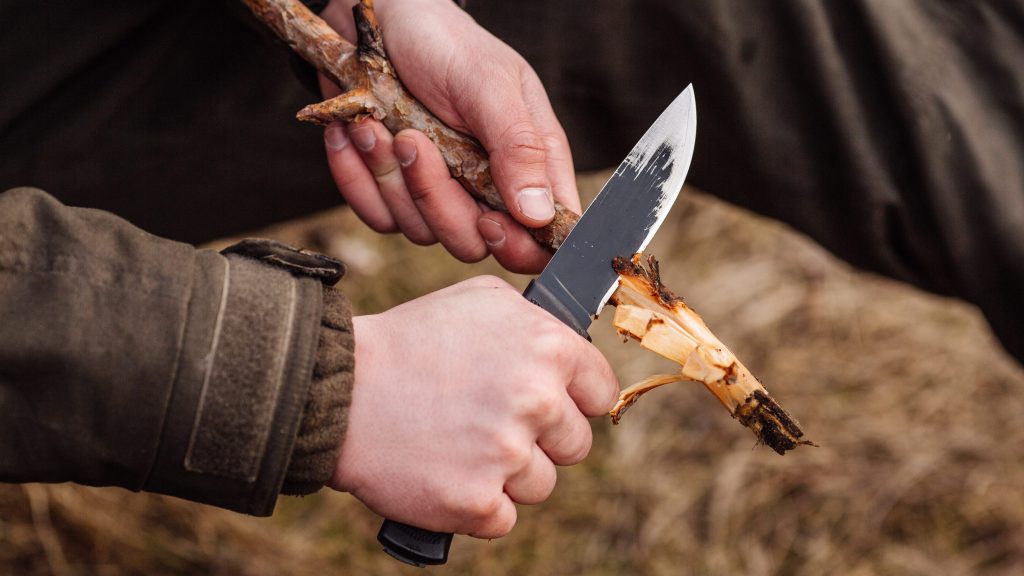
Hunters searching for good hunting knives usually want tools that stay sharp, handle safely, and make field dressing efficient. This guide explains the key differences in blade systems, materials, and ergonomics—and helps you choose dependable knives suited for different game, terrains, and budgets.
When evaluating good hunting knives, most hunters focus on five essentials:
Fast and consistent—just swap a dull blade for a new one. Ideal for hunters processing multiple animals per trip. Downsides include more moving parts and lower torsional strength.
A continuous tang provides exceptional durability for splitting joints or tough hide. Good geometry and balanced steel tempering give both cutting power and resilience.
Compact and easy to carry, perfect for caping or small-game precision work. A solid lock and grippy scales make them dependable even in cold or wet weather.
A curved belly helps with skinning, a fine tip aids caping, and a slim boning profile slides neatly along bone lines.

Some hunters move from disposable systems to traditional full-tang or folding knives for their long-term durability and predictable maintenance. Solid designs offer better balance and a more confident feel in hand—qualities that define all good hunting knives.
| Priority | Recommended Type | Reason |
|---|---|---|
| No sharpening in the field | Replaceable-blade system | Fast and simple |
| Maximum durability | Full-tang fixed blade | Strength and reliability |
| Lightweight setup | Folding knife | Compact and precise |
| Wet or coastal hunts | 14C28N or N690 steel | High corrosion resistance |
Are good hunting knives suitable for beginners?
Yes. Many models offer easy maintenance and safety features ideal for first-time hunters.
What’s the main difference between replaceable and fixed designs?
Replaceable systems emphasize convenience; fixed blades focus on strength and balance.
Do I need both a folder and a fixed knife?
Many hunters pair a compact folder with a larger fixed blade for versatility.
Which steel works best in wet or cold climates?
14C28N and N690 excel in corrosion resistance, while D2 performs best in dry environments.
How do I keep a secure grip when it’s slippery?
Choose textured handles, finger choils, and jimping for stability even with gloves or moisture.
A good hunting knife combines strength, control, and comfort. Whether you prefer replaceable-blade convenience or the solid feel of a traditional design, focus on steel quality, handle ergonomics, and edge stability. The right knife keeps every task efficient—and every hunt sharp.